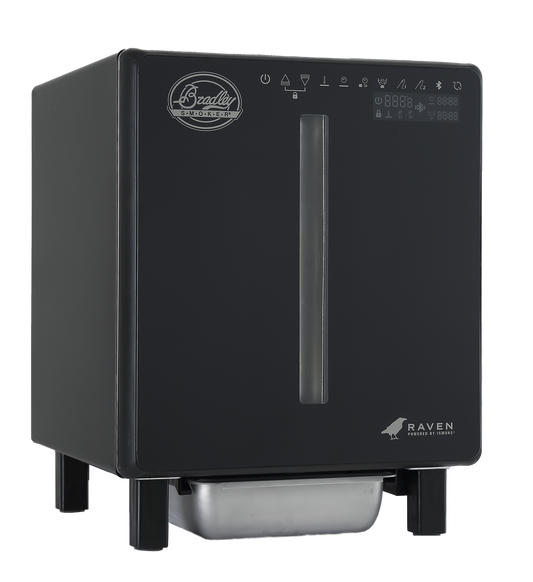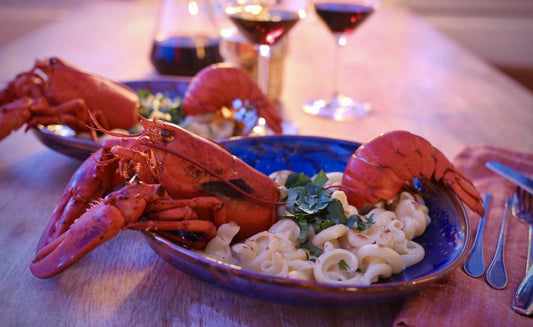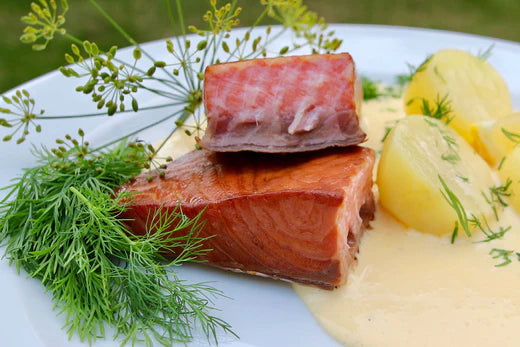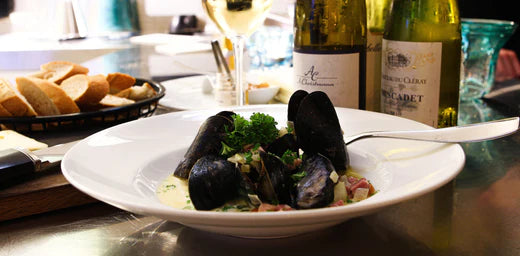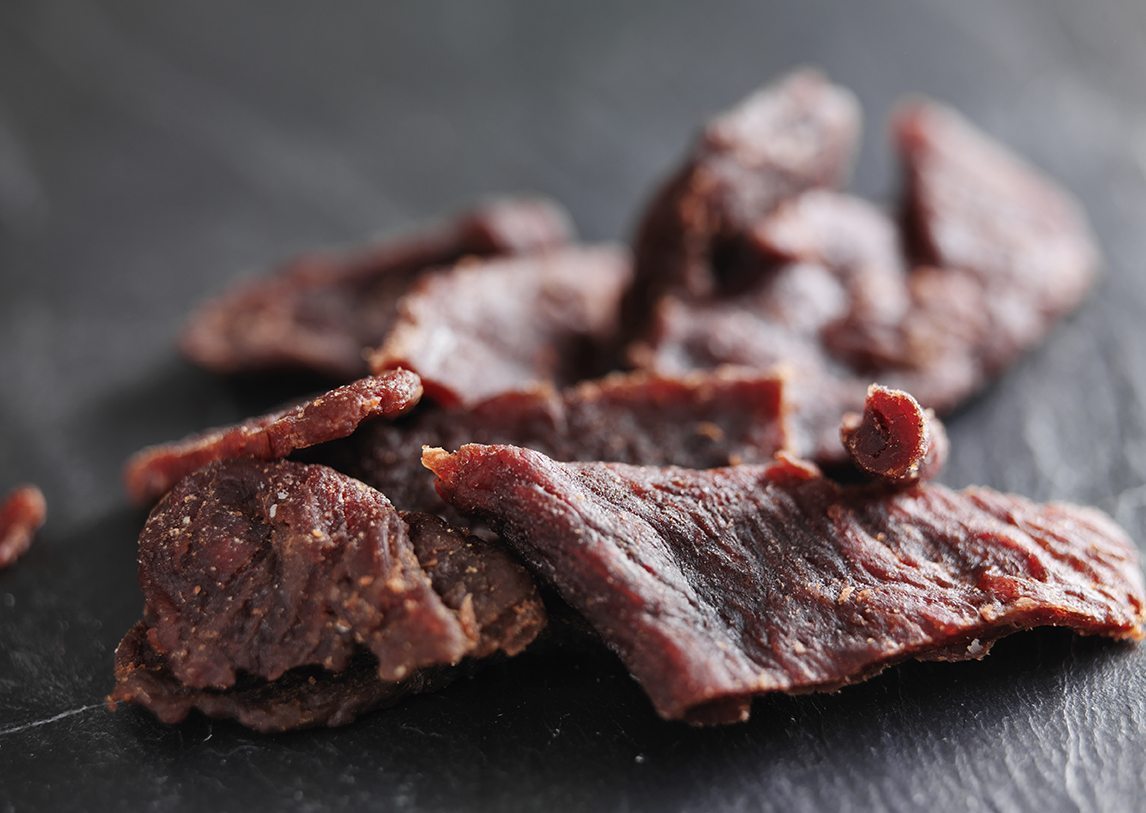
Smoked Beef or Wild Game Jerky Recipe
The basic processing directions for making either product are the same. Only the seasoning is different. We suggest beef, but you can use any meat. Pork, or any meat that may contain trichinae, should be heated until the internal temperature is at least 160°F (71°C). Choose lean meat, such as beef bottom round or top round, because fatty meat processed into jerky turns rancid quickly. Keep in mind that there will be a 40% to 50% weight loss when making jerky. Ten pounds (4.5 kg) of raw meat will become 5 to 6 pounds (2.25 to 2.75 kg) of jerky. The following jerky seasoning formulas are not true marinades, and they are not true brines either. They are somewhere in-between. Nevertheless, these cures work very well for jerky, and you can use them as models to make countless other jerky seasoning formulas.
Ingredients
Seasoning for 5 lb (2.25 kg) of sliced meat:
3 Tbsp (45 ml) Bradley Cure - any flavor (Do not use more than this amount)
4 Tsp (20 ml) ginger powder
4 Tsp (20 ml) garlic powder
4 Tsp (20 ml) pepper, black
1 Tsp (5 ml) liquid honey marinade
1½ Cup (360 ml) orange juice
6 Tbsp (90 ml) soy sauce
½ Cup (960 ml) cold water
Note: If the meat weighs either more or less than 5 pounds (2.25 kg), the amount of cure mix applied must be proportional to that weight. For example, if the weight of the meat is 2½ pounds (1.15 kg), then each ingredient, including the Bradley Cure, needs to be cut in half.
Preparation
Begin with hunks of meat, rather than with meat that has been cut into steaks or chops. (Steaks and chops are cut across the grain of the meat. This makes them unsuitable for jerky.)
Chill the meat thoroughly. Cold meat is easier to cut, and bacterial growth is retarded.
Trim the fat from the meat. It is impossible to remove the streaks of fat that are marbled into the meat, but you should remove all fat that you can remove easily.
Use a long slicing knife or an electric meat slicer to slice ¼ inch (7 mm) thick strips. The strips should be 1 to 2 inches (2½ to 5 cm) wide. Cut the meat with the grain, not across the grain. If you cut the meat across the grain, it will be too fragile after it dries. You can determine if you did it correctly by by pulling on the ends of the strip. If it is right, the strip will stretch; if not, the muscle fibers will separate, and the strip will tear.
Chill the meat again while preparing the seasoning mixture.
Immediately after these instructions on how to process jerky, there are two jerky recipes: California Jerky and Wild West Jerky. Select and prepare one of these seasoning blends. Stir the seasoning blend well until all ingredients are dissolved. Chill the mixture well. Add the meat strips and stir them from time to time, especially during the first few hours of curing. Refrigerate overnight.
During the morning of the second day, use a colander (or the like) to drain the curing liquid from the meat. Do not rinse!
Drying and Smoking the Jerky:
Hang the strips, place them on smoker racks, or lay them in wire-mesh smoking baskets. (Wire-mesh baskets are preferable; hanging the strips will allow more of the product to be processed, but the use of baskets makes processing easier and faster.) You won’t need a thermometer for beef, pork, or any other kind of meat, if you follow the suggested high temperatures and long processing times.
You may use a common smoker with a heat source inside. To facilitate drying, the smoker chimney damper should be fully open.
Dry at 140°F (60°C) with no smoke until the surface is dry. This will require at least one hour. If the strips are on wire mesh, turn them over after 30 to 45 minutes to prevent sticking.
Raise temperature to 160°F (71°C), and smoke for 2 or 3 hours.
Raise temperature to 175°F (80°C) — for poultry, raise the temperature to 185°F (85°C) — and continue to dry with no smoke, until done. This final drying and cooking step will require about three hours. When the jerky is done, it will be about half the thickness of the raw jerky, and it will appear to have lost about 50% of its weight. The jerky will not snap when bent, but a few of the muscle fibers will fray. If the jerky is dried until it snaps when bent, it will have a longer shelf life, but it will not be as tasty. Let the jerky cool to room temperature, and either freeze or refrigerate it.
Note: If the salt taste is too mild, the next time you make this product, add about 1 teaspoon of salt to the ingredients list. If the salt taste is too strong, reduce the amount of Bradley Cure by about 1 teaspoon. Instructions prepared by Warren R. Anderson, author of Mastering the Craft of Smoking Food.
Want to learn more about wild game meat? Feel free to check out Archery Topic’s take on wild game meat today!

